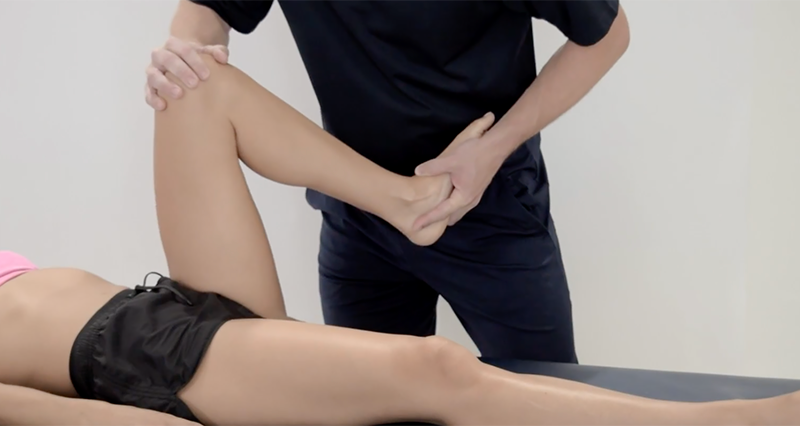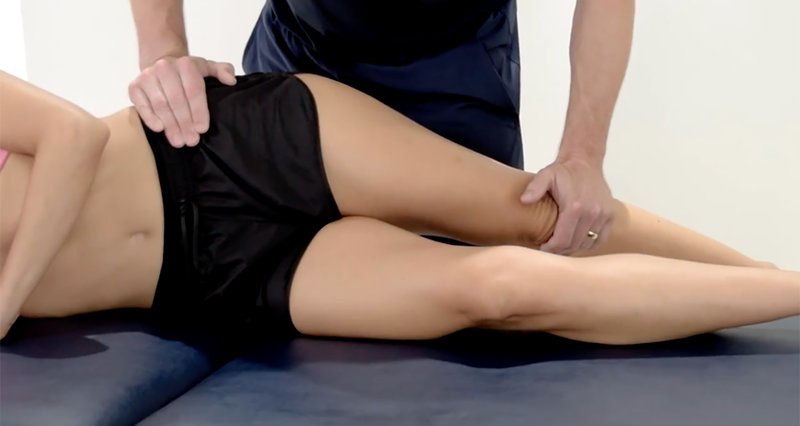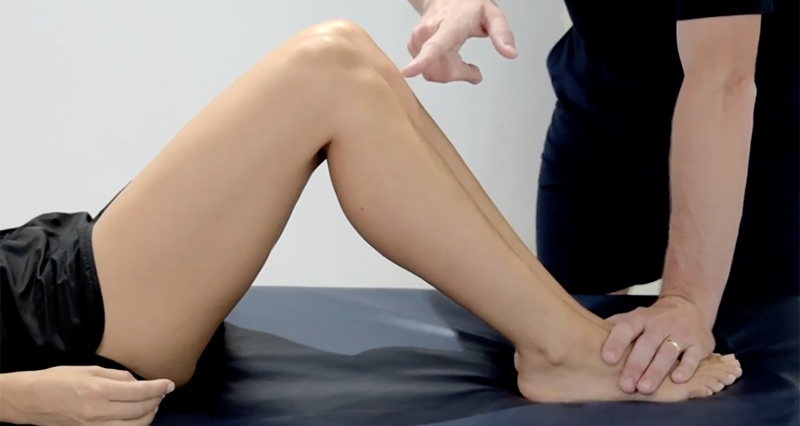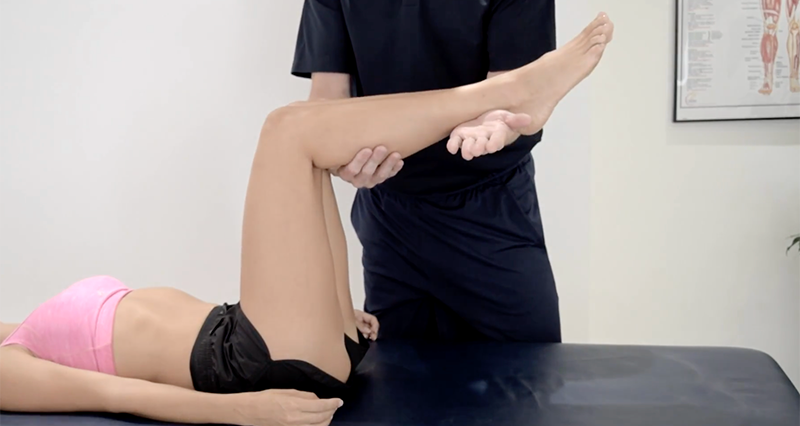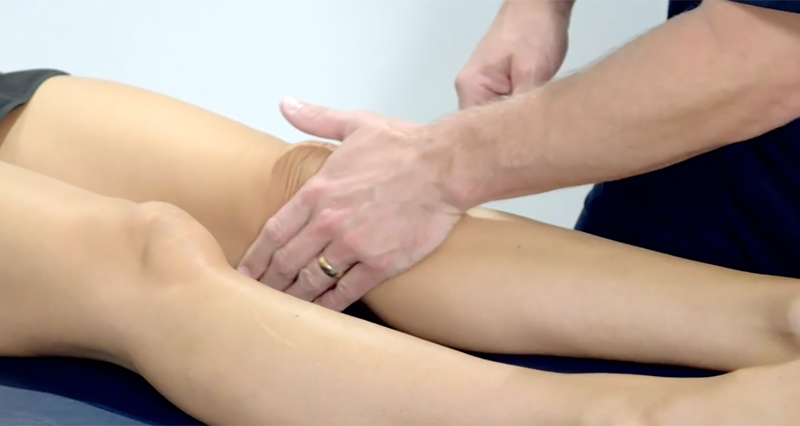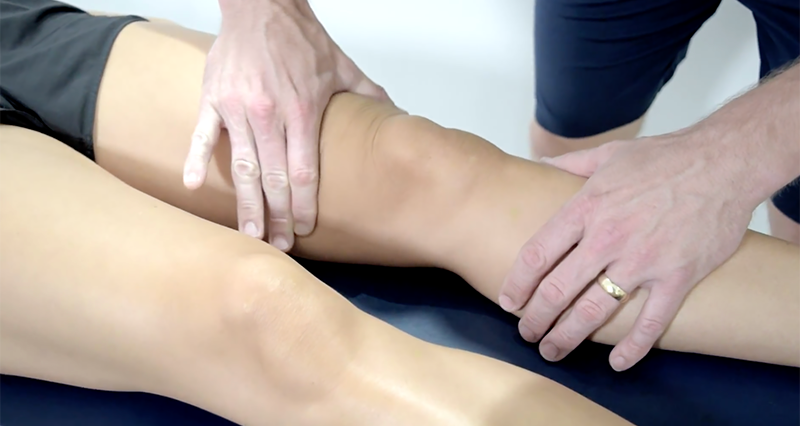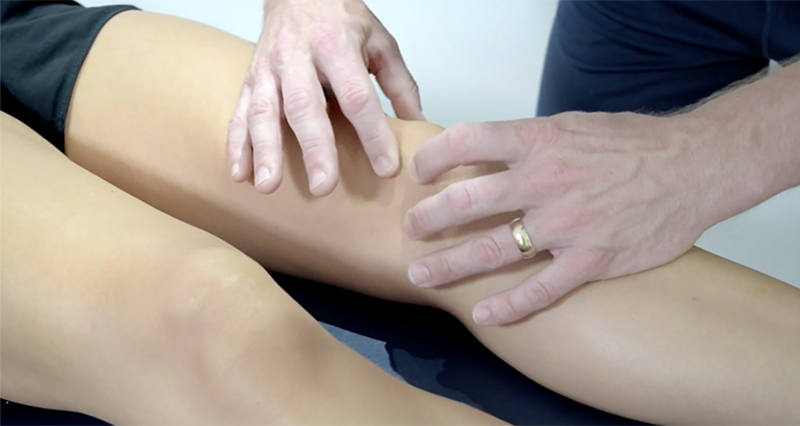Apley’s Test, or the Apley Grind Test evaluates injuries to the cartilage meniscus of the knee. It was introduced by Alan Graham Apley in 1947 and is primarily used to distinguish between meniscal and ligamentous injuries within the knee. Here’s how the test is typically performed and interpreted:
How to Perform Apley’s Test
The patient lies face down (prone) on the examination table with their knee bent at a 90-degree angle.
The examiner stabilizes the patient’s thigh with one hand to prevent movement. With the other hand, the examiner grasps the patient’s foot and applies a downward force while simultaneously rotating the foot and lower leg internally and externally. This part of the test puts pressure on the meniscus.
After the compression phase, the examiner lifts the patient’s foot (applying an upward force) while still rotating the foot and lower leg internally and externally. In this phase, the joint is distracted, reducing pressure on the meniscus but putting tension on the ligaments.
Interpretation of Results
- Pain or clicking during the Compression Phase may indicate a meniscal injury. The rationale is that compressing the tibia against the femur traps the meniscus between these bones, exacerbating any tears or injuries.
- Pain during the Distraction Phase is more indicative of a ligamentous injury. This is because the distraction (pulling the joint apart) relieves pressure on the meniscus but stretches the ligaments, which would be painful if there’s a ligament injury.
Apley’s Test provides valuable information about the integrity of the menisci and ligaments in the knee, but it’s usually part of a comprehensive knee examination. The test is not 100% accurate, and results can vary based on the examiner’s technique and the patient’s response to pain. Other diagnostic tools, such as MRI, may be required for a definitive diagnosis.
